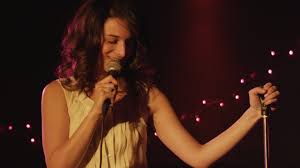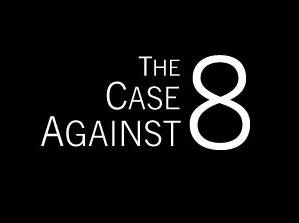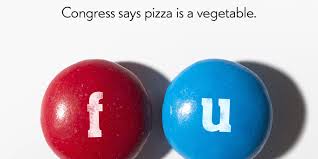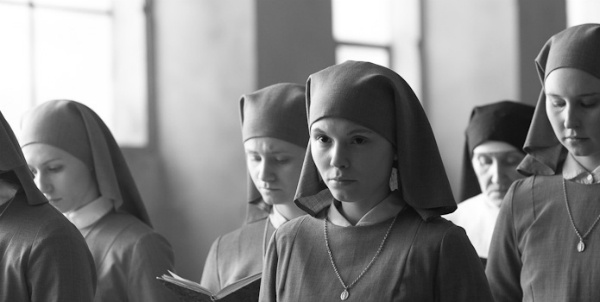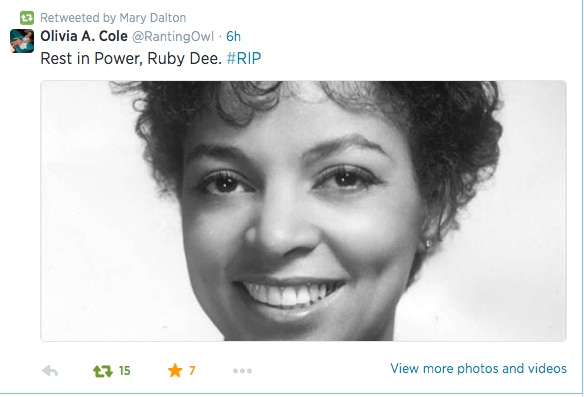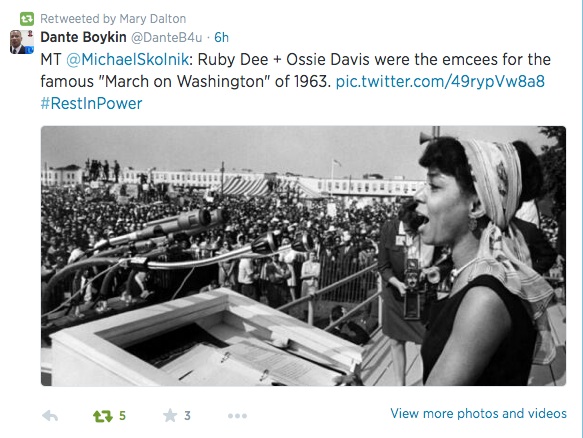I wanted to like it more than I did, but there are many things to recommend The Fault in Our Stars.
Normally, I think of books and their movie adaptations as two separate things. At least, I try to because the mediums are so different that adjustments are necessary to capture the essence of a story in a way that fits the respective forms.
In this particular case, I had not read the book (I haven’t read anything by YA phenom John Green until now) but was strongly encouraged to do so by two of my three friends I saw the movie with on opening day. Yes, this meant that I had to run to a big box store the day before, snag the paperback, and devote myself to it in the hours preceding our late matinee.
Having read the book, I fully expected to see sobbing teenage girls (and even misty-eyed moms) leaving the screening before ours, and I tried to comfort some of them in the Ladies room after seeing the film with a slightly less hackneyed version of Tennyson’s “’Tis better to have loved and lost than never to have loved at all.”
I doubt that I helped them, though I do believe it’s true. Maybe they appreciated my sincerity at the very least.
The Fault in Our Stars is fresh in that it tells a love story about teens with cancer. Fearless warriors are common characters in a lot of popular teen lit (remember The Hunger Games and Divergent), but these characters represent a different type of warrior. When your own body starts the battle, it takes a different set of skills to endure and, perhaps, survive.
Shailene Woodley (love her in Divergent and The Spectacular Now) plays Hazel, a bright and witty girl who has far outlasted her life expectancy due to an experimental drug (that works for her while failing most of the others in her medical trial), and we are reminded of this (despite her wholesome good looks) by the oxygen tank she must have attached constantly.
Ansel Elgort is Gus, a handsome and confident fellow whose basketball career ended when cancer took his leg, but he remains something of a miracle of optimism. He’s so appealing that Hazel can’t resist his charms even though she sees herself as a “grenade” and wants to spare him unnecessary pain of falling in love with a girl who’s already exceeded her life expectancy and who may die at any time.
Nat Wolff plays Isaac, a friend of both who loses his second eye to cancer after providing a connection allowing Hazel and Gus to meet (I wrote recently about his intense performance in Palo Alto, and he does not disappoint here either).
There aren’t many coming of age stories about teenagers with cancer, especially not stories that couple the probable end of life with the blossoming of young love. The competing emotional tones in the scenario open up a great many possibilities, and Hazel’s voice in the book is smart, strong, and appropriately edgy at times. She’s a survivor and a pragmatist but also a kind and loving person.
Like most films crafted for a young audience (and a PG-13 rating), the edges that give the book bits of surprise, verisimilitude, poignancy, are softened in the movie. I’m not just talking about some elements of plot that have been eliminated or altered, but also the matter of perspective.
It’s one thing for Gus to be so handsome and funny and wise and, well, perfect in the book when he is viewed from Hazel’s perspective and shared with us from her point of view, but in the film his perfection is too much to be believed. And, with some of the edges softened, in exchanges with her parents, for example, Hazel becomes too perfect herself.
It is true that life-endangering experiences can be life-changing and imbue people (and, it follows, characters) with depths of understanding that they would probably not have otherwise. But, these characters are still supposed to be people we can relate to, aren’t they?
My son had a chronic, life-threatening disease as a child (thankfully, he’s been in remission for many years now), and I don’t recall the glossiness that blankets this film. I remember the grueling, daily routine of pain and medical interventions and fear and absolute fatigue.
There were moments of joy and transcendence and, eventually, an acceptance of the situation that was a relief. It’s hard to live with angst 24/7 for years. Arriving at that better place required a lot work mentally, spiritually, and physically, and still there were setbacks. I can only put a multiplier on what I felt when I think about what my son went through back then.
Even though we expect that kids who have faced disease and death may have insights and, perhaps, strength that their peers may not possess, it all seems rather easier in The Fault in Our Stars than it should be.
This doesn’t make it a bad movie – I suspect it achieves exactly what the filmmakers hoped for and the sobbing viewers seemed to have gotten what they came for – but it does make it a less satisfying film for me than, say, the less ambitious, rough-edged, and far more emotionally authentic movie The Spectacular Now or, even, the softly nostalgic film The Perks of Being a Wallflower.
See what you think.

